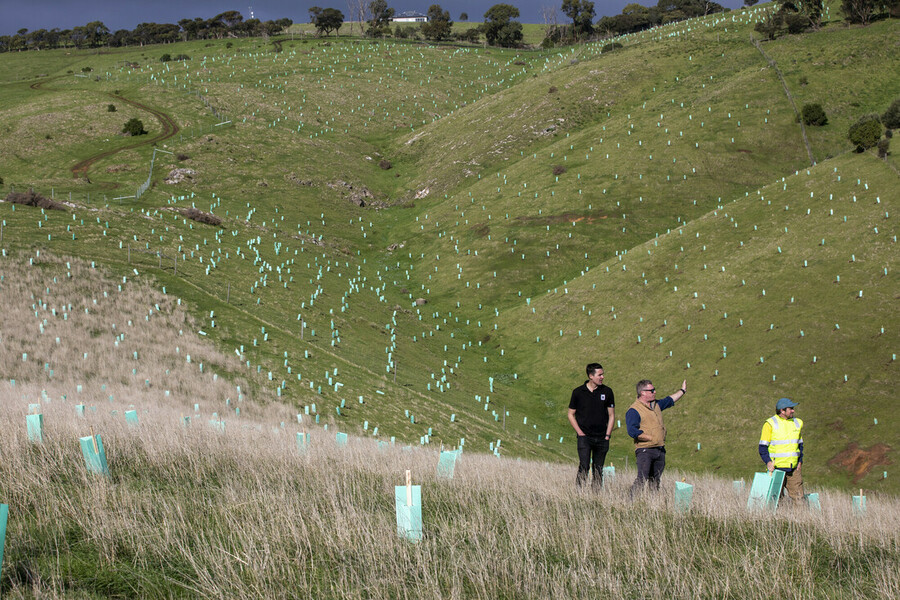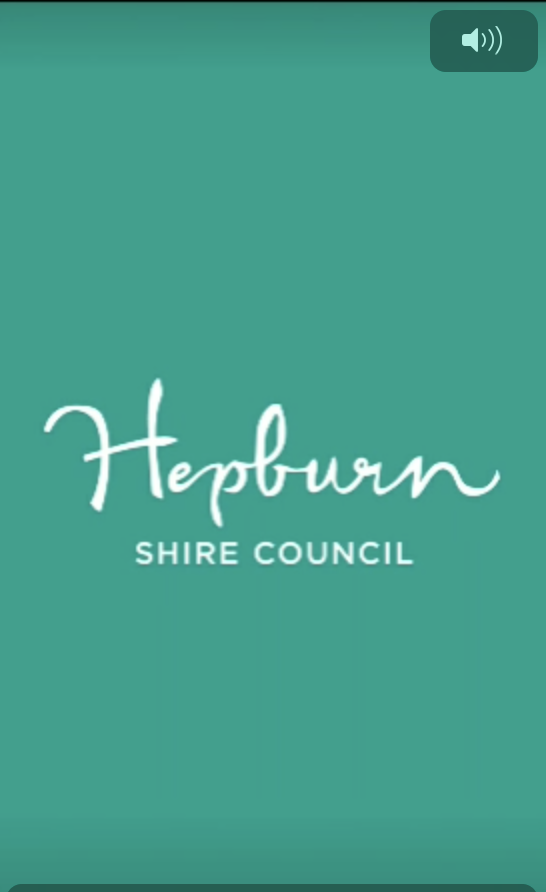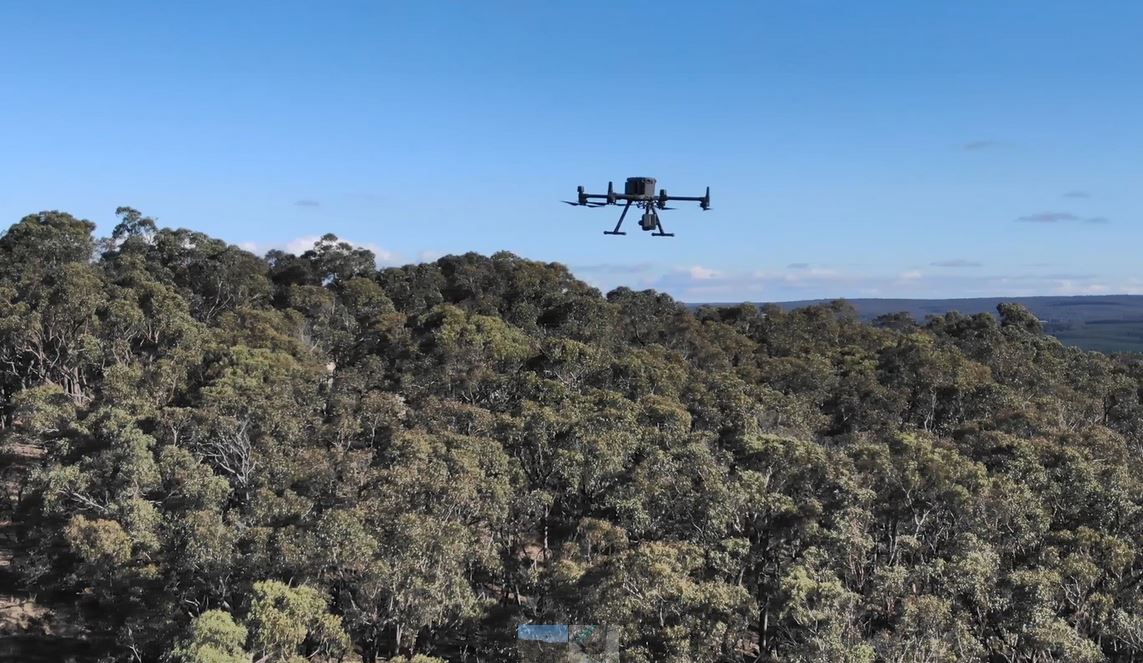August 25th, 2023Enticing rare glossies back to mainland

Greening Australia and the World Wide Fund for Nature-Australia are teaming up to plant more than 19,000 food and nesting trees to entice one of the nation’s rarest birds back to the mainland.
Kangaroo Island is the last refuge for the South Australian subspecies of glossy black-cockatoo – which is smaller but has a bigger bill than glossies in Queensland, New South Wales and Victoria.
In 1995 the subspecies was heading towards extinction with fewer than 200 SA glossies left on Kangaroo Island. The Kangaroo Island Glossy Black-Cockatoo Recovery Program, with local community support, turned that around boosting the population to about 454 by 2020.

From left to right: Ben Sanders (WWF-Australia), Ed Vercoe (landholder), & Andrew Woodroffe (Greening Australia) among thousands of newly planted sheoaks that will hopefully entice glossies back to the mainland. © WWF-Australia / thinkMammoth
But in a major setback, the 2019-20 fires burned 54% of feeding habitat and 38.5% of known nests on Kangaroo Island, according to the KI Glossies Recovery Program. With reduced food supplies, flock sizes in some fire impacted areas on western Kangaroo Island are now smaller.
The fires highlighted an urgent need to re-establish habitat for glossies on the Fleurieu Peninsula, just across from Kangaroo Island.
It would improve the species’ resilience by providing additional foraging and breeding grounds, hopefully increasing numbers and spreading out the population.
The glossy flock on eastern Kangaroo Island, unaffected by the fires and closer to the Fleurieu, continues to grow and it is hoped they will expand their range across Backstairs Passage if enough habitat is created.

Ed Vercoe talks to Greening Australia’s Andrew Woodroffe. © WWF-Australia / thinkMammoth
The SA Glossy Black-Cockatoo – which feeds almost exclusively on seeds from drooping sheoaks – disappeared from the mainland in the 1970s after decades of clearing decimated sheoak woodlands.
“On the Fleurieu alone, there were 22,000 hectares of sheoak woodland but only about 2% remains. Greening Australia and WWF are rebuilding quality habitat and we’re really excited that this could potentially bring glossy black-cockatoos back to the mainland,” said Ben Sanders, forests program manager, WWF-Australia.
The timing is right with a confirmed sighting of a Glossy Black-Cockatoo visiting Fleurieu Peninsula last year, likely in search of a new food source following the fires.
“If we plant it, hopefully they will come, make little cockatoo babies, and then spread out and multiply,” said Andrew Woodroffe, Senior Program Officer with Greening Australia.
In total 19,000 trees, across three sites, are being planted. They’re a mix of drooping sheoaks for food and eucalypts such as the river red gum and pink gum to one day provide nesting hollows.










